DJI has introduced three advanced agricultural drones—the Agras T100, T70P, and T25P—that enhance spraying, spreading, and lifting capabilities for farmers facing growing demands in precision farming. This launch builds on DJI’s decade-long expertise, addressing the annual increase in spray drone usage across 100 countries.
Enhanced Payloads and Speed for Large-Scale Operations
The Agras T100 targets commercial growers who handle extensive fields. It carries up to 100 liters (26.4 gallons) for spraying, 150 liters (39.6 gallons) for spreading, or 100 kg (220 pounds) for lifting. Operators achieve speeds up to 20 m/s (44.7 mph), doubling efficiency compared to earlier models in high-volume tasks. The drone’s spraying flow rate reaches 30 liters per minute (7.9 gallons per minute) with dual sprinklers, or 40 liters per minute (10.6 gallons per minute) with an optional four-sprinkler setup.
Its spreading system uses a new screw feeder, boosting the maximum flow rate by 270% and doubling load capacity. This raises questions about how such improvements could reduce labor needs on large farms, though local regulations may limit top speeds—for instance, to 13.8 m/s (30.9 mph) in the EU.
Upgrades for Mid-Sized Efficiency and Safety
DJI equips the Agras T70P with upgrades that prioritize workflow speed and obstacle avoidance. This model handles 70 liters (18.5 gallons) for spraying, 100 liters (26.4 gallons) for spreading, or 65 kg (143 pounds) for lifting, while matching the T100’s flow rates and droplet sizes of 50 to 500 micrometers.
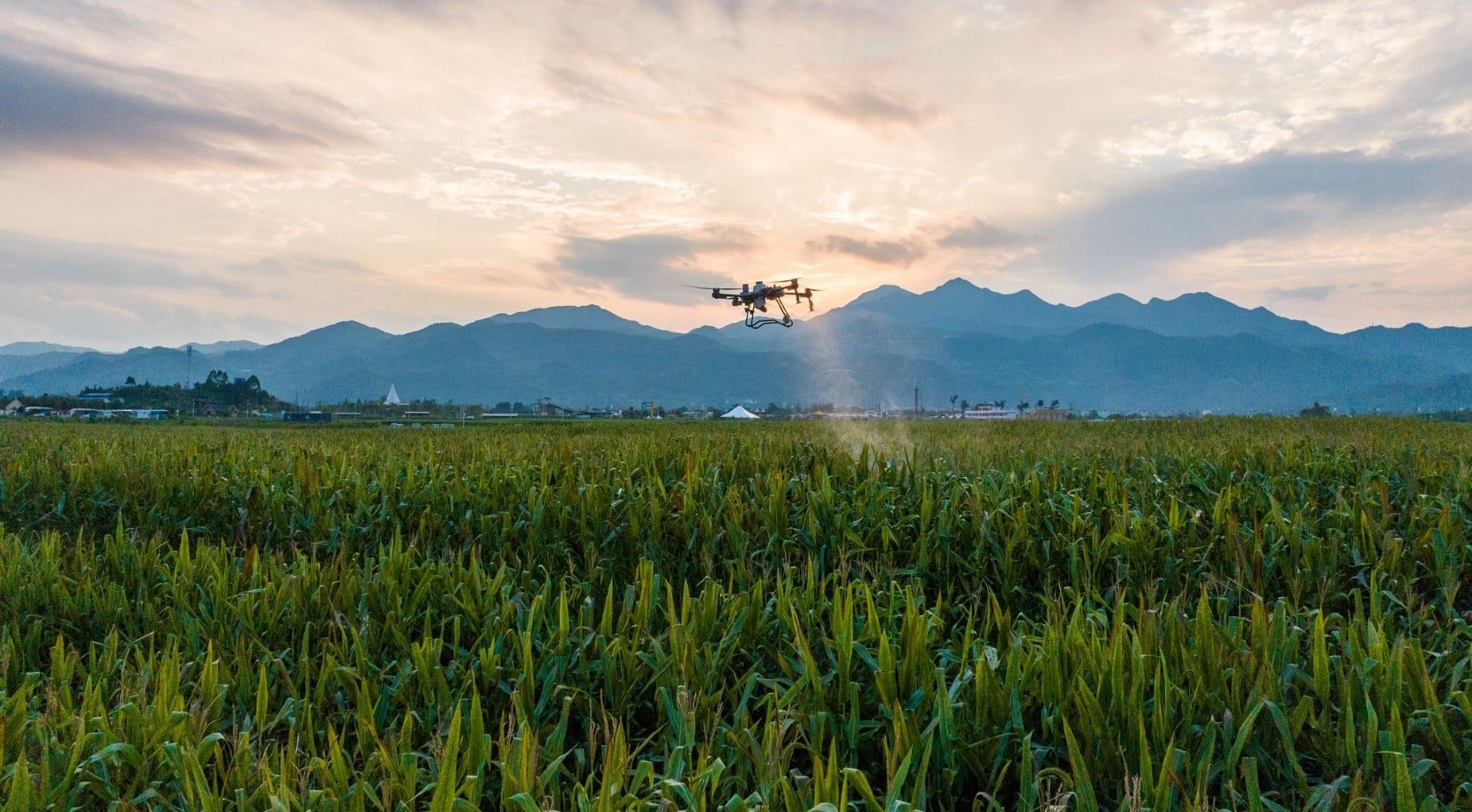
It operates at up to 20 m/s (44.7 mph) and incorporates Safety System 3.0, featuring millimeter-wave radar and a tri-vision setup for smarter route planning and higher obstacle clearance. Building on that, these features suggest a trend toward safer autonomous operations, potentially lowering accident risks in varied terrains and supporting economic gains through reduced downtime.
Compact Design for Versatile Solo Use
For individual operators, the Agras T25P offers a foldable build that simplifies transport and setup. It supports 20 kg (44 pounds) for spraying at 16 liters per minute (4.2 gallons per minute), or 25 kg (55 pounds) with its high-precision screw feeder spreading system. Droplet sizes range from 50 to 500 micrometers, and the drone enables automated tasks like field surveying, terrain-following on slopes, or multi-block applications. This flexibility aligns with the maturing industry, where nearly 500,000 trained operators worldwide use drones for 300 crop types, as DJI notes. The design implies broader accessibility for smaller farms, though availability remains region-specific.
Industry Trends and Training Initiatives
DJI’s release reflects a shift toward multifunctional drones that cut environmental impacts while scaling efficiency. “With nearly 500,000 trained operators worldwide as of May, the industry is maturing, and the demand for spray drones continues to grow annually,” said Yuan Zhang, Head of Global Sales at DJI Agriculture. “Today, more than 500,000 DJI Agriculture drones are used to treat 300 types of crops in 100 countries.” To support this growth, DJI Academy now offers pilot training in 15 countries across the Americas and Asia, focusing on safe practices and operational skills. Such programs could address regulatory concerns by standardizing expertise, fostering sustainable farming without over-relying on chemicals.
These drones launch first in Southeast Asia and Latin America, with global rollout depending on local dealers. This development underscores DJI’s role in advancing agriculture since 2012, but users must check regional restrictions for full capabilities.
Discover more from DroneXL.co
Subscribe to get the latest posts sent to your email.

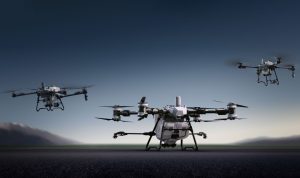
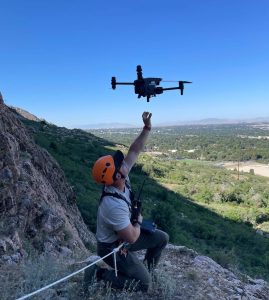
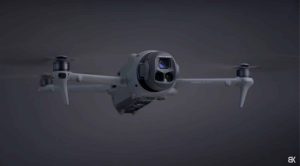

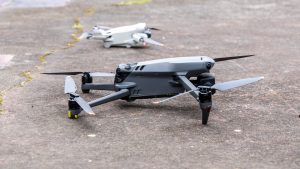
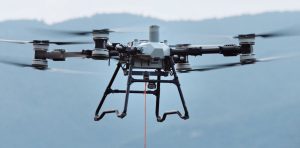
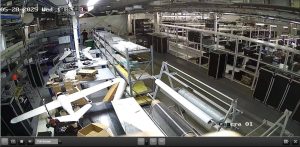

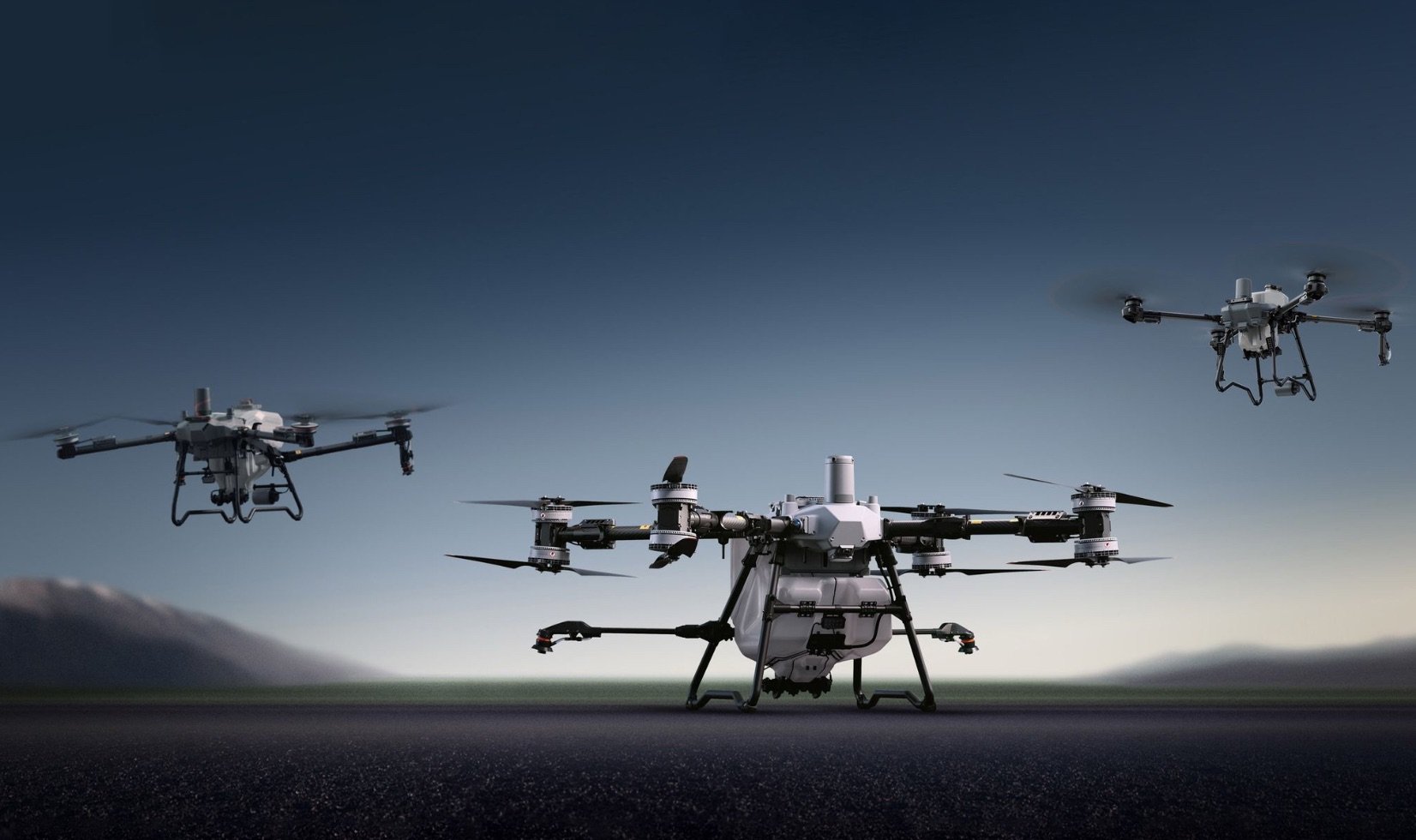




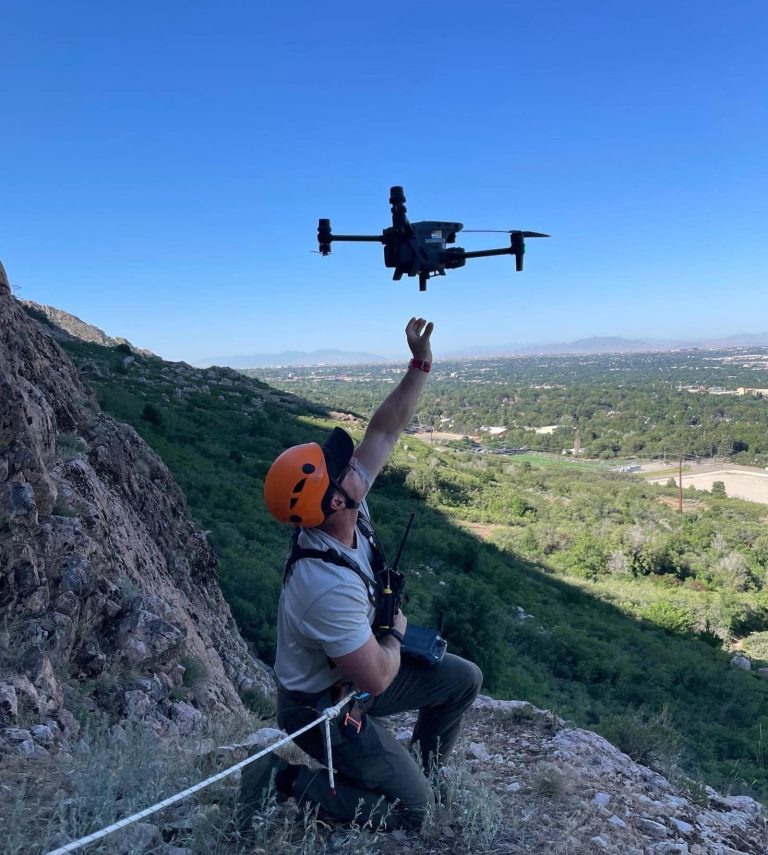
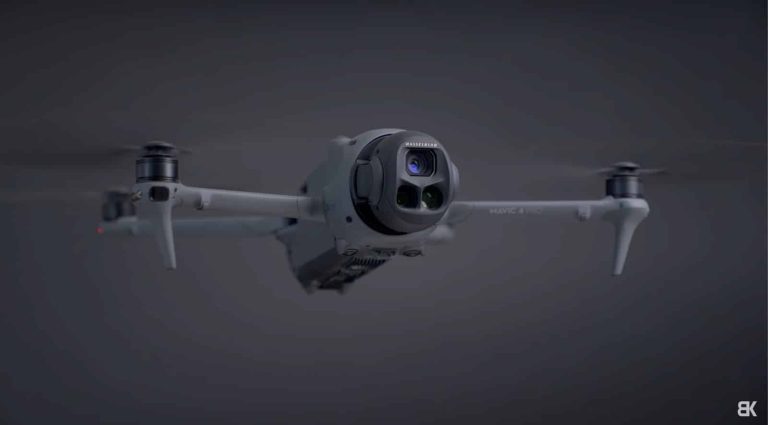
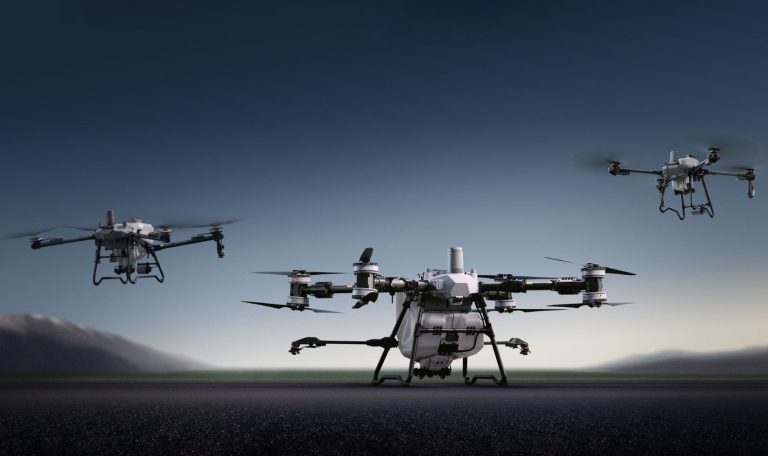

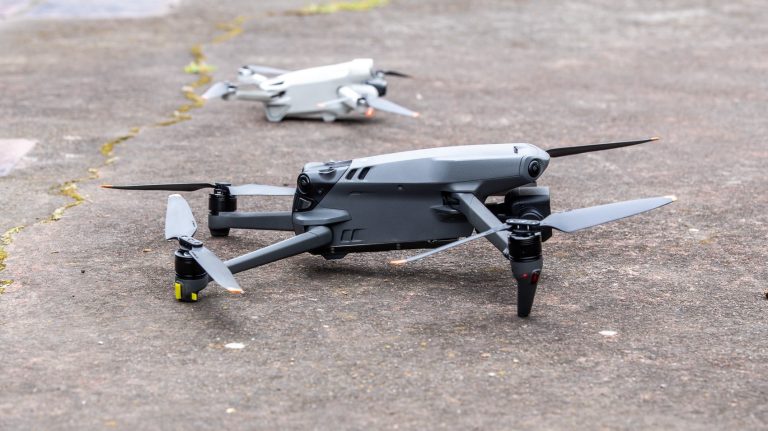
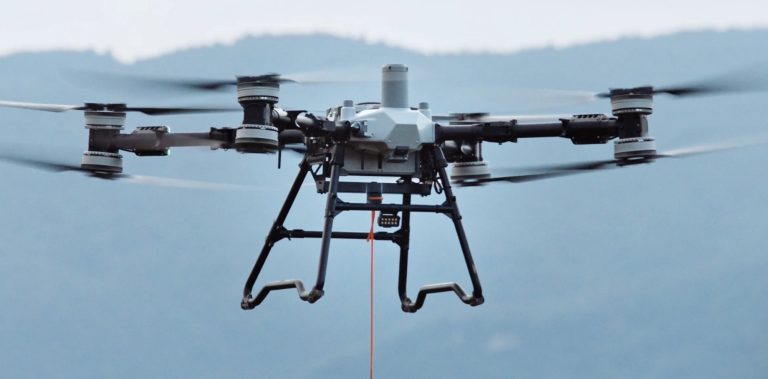

+ There are no comments
Add yours